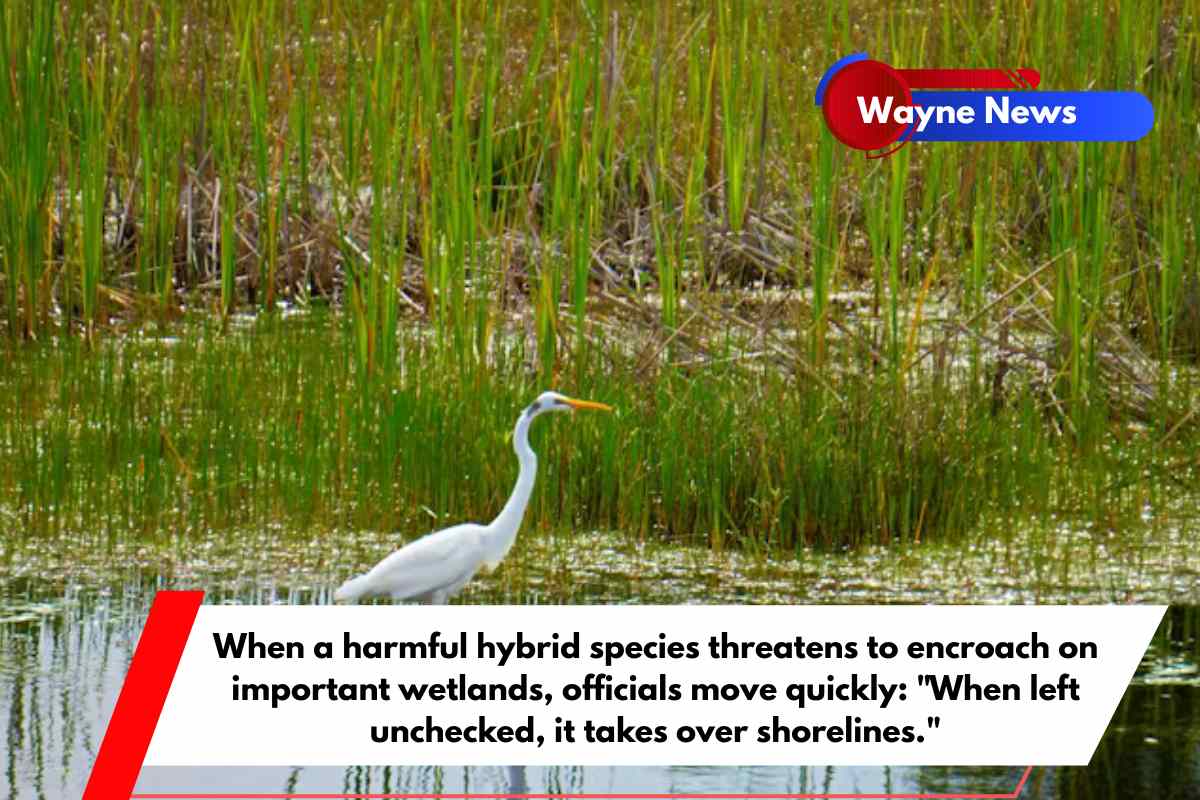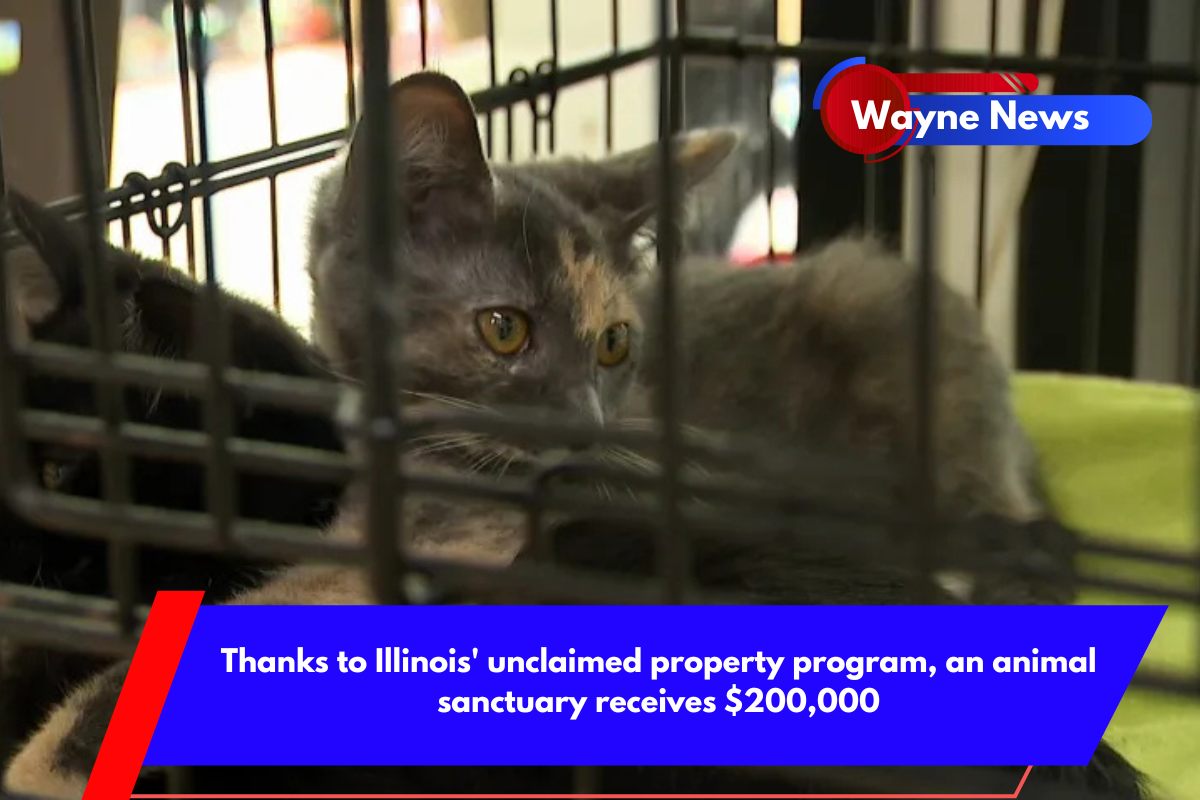Experts acknowledge that a problem plant in Illinois poses a threat to wetland ecosystems. A contract worth nearly $45,000 has been signed to help address it.
What’s happening?
According to a local government website, Kane County’s Forest Preserve District has hired Wildlife and Wetlands Solutions, LLC to manage invasive hybrid cattails in the area this summer.
Invasive species are plants, animals, or organisms that are not native to a region but infiltrate it, disrupting the natural balance. In Kane County, the invasive hybrid cattail species (Typha x glauca) can overcrowd and outcompete native plants, disrupting life along the shorelines where they grow.
“[The hybrid cattail’s] thick growth can prevent water access for wildlife such as ducks and songbirds by blocking swimming paths and failing to support nests,” the county’s report states. “Left unchecked, it dominates shorelines, limiting biodiversity and reducing the ecological value of wetlands.”
Why is controlling invasive cattails important?
A study published in late 2024 found that 90% of countries are falling short of their biodiversity policy goals.
Without strong biodiversity — a diverse range of living things required for the survival of all creatures on Earth — fragile ecosystems and entire food chains can collapse. This affects both animal and plant populations, as well as human health. Weakened biodiversity can jeopardize the global food supply and heighten the risk of infectious disease.
In the case of invasive cattails in Illinois, the plants’ rapid and dense spread is recognized as a threat to waterfowl and other avian species.
Their inability to successfully nest could jeopardize future generations of birds in the area, with the potential to have an impact even further away due to altered migratory habits.
What can be done about invasive species?
Kane County’s efforts to control hybrid cattails are a step toward a more resilient Earth.
“A combination of modern fire suppression, clearing, and licensed aquatic herbicide applications will be used to reduce invasive cattail populations while supporting restoration efforts for native flora and fauna,” the county’s spokesperson explained.
Other methods of controlling invasive species can be seen around the world.
From Ohio to Ontario, Canada, goats are being used to control invasive growth and wildfire hazards.
Some naturalists are advising on how to combat invasive wildlife, such as fish, by putting them — safely — on the menu.
There are even fishing tournaments in place to help manage certain fish populations in a sustainable manner; however, they only work if participants are aware of them.
Staying informed about environmental issues in your community allows you to participate in meaningful activities and advocate for innovative and low-cost solutions to problem plants.
Organizing neighbors to grow native plants and natural lawns rather than invasive greenery, for example, could help to strengthen the local ecosystem.








